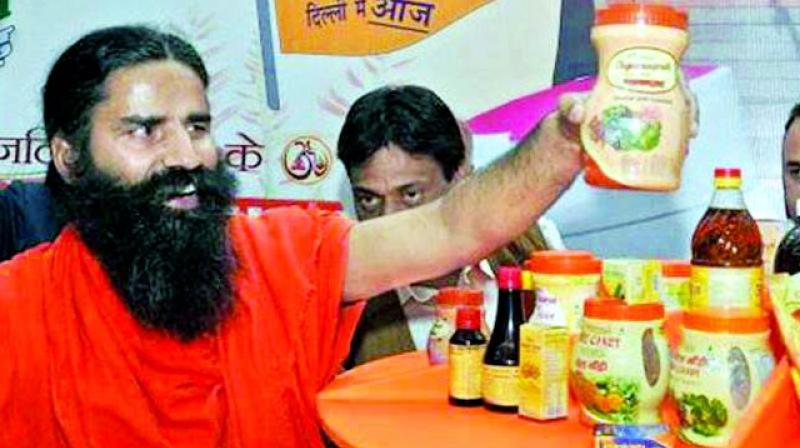Battle of the brands

The Delhi High Court has banned Baba Ramdev’s brand Patanjali Ayurved Ltd from airing all their Chyawanprash ads following a complaint from its rival brand Dabur, which alleged that the ad was blatantly harmful to their brand. Dabur, on its part, has also asked for Rs 2.01 crore as damage control.
Dabur claimed that the packaging of Patanjali’s Chyawan-prash is too similar to its own trademark style. They also pointed out a social media ad where a bottle with a blurred trademark is shown to promote Patanjali’s own product.
While the avalanche of consequences for a couple of ads may end up costing Patanjali a penny, ad wars between rival brands are an age-old tradition. Coca-Cola and Pepsi, Axe and Old Spice, FedEx and DHL, the list of brands that subtly insult each other via advertising goes on.
The backlash and rivalry is just part of a democracy, says ad filmmaker and theatre personality Alyque Padamsee. “It depends on what the ad wants to say. If they feel that they can best portray the product by taking a dig at another, then so be it. If the rival company has a problem, it will object.”
The ad-man reveals that there is a council for handling such disputes — the Advertising Standards Council of India (ASCI) decides any disputes between rival companies. “If the Council decides that the ad is inappropriate in any way, they will ask that company to take it down. Newspapers and television channels will no longer use it. It’s as simple as that,” he shrugs.
Amer Jaleel, chief creative officer of Lowe Lintas, feels that if there is some tongue-in-cheek humour involved and a slight dig at another company, sensitivity about the content and social context are absolutely essential. He says, “Sometimes, when a company wants to look better than its rivals, it refers to them in ads. This may be in term in terms of factual features, performance, ideology or attitude. Now, if it is done while staying within the borders of decency, then there is no problem. As for legal issues, each company has guidelines that they are well aware of.”
Giving an instance of an ad, that remains “decent” while mentioning a rival, he points to his own company’s ad for Bajaj Avenger, which shows the Royal Enfield bike. Indeed the ad starts with a Royal Enfield. “The ad was cheeky, since we were comparing the Bajaj Avenger — a much newer brand — to the iconic Royal Enfield. However, since it stayed within the boundaries of decency, we didn’t get a bite-back from Royal Enfield fans. In fact, they congratulated us on the ad,” he smiles.
“I have an issue with comparative advertising,” says Nishad Ramachandran of Hansa Cequity, adding, “I think of comparative advertising as a street fight. And in a street fight, the only ones who really enjoy are the guys who are watching the fight on the street. So the Coke vs Pepsi fight has regaled young people around the world for ages. But Coke continues to be the leader in fizzy drinks despite being attacked for decades.”
Ad guru Prahlad Kakkar also calls comparative advertising a double-edged sword. “While you can say what you want about another brand, you also open yourself up for criticism. So while the model is working in the USA, I’m not entirely sure if India should adopt it. Also, since Patanjali Ayurved and Dabur are health brands and the former should have been more careful about what it stated about the latter.”

